

Earth's diverse environments are categorized into different climate zones and biomes, each of which plays a crucial role in shaping ecosystems and determining the types of plants, animals, and human activities that can thrive in a particular region. While climate zones are defined by factors like temperature, precipitation, and seasonal changes, biomes are large geographical areas with similar ecosystems and organisms, often influenced by the climate. In this article, we will explore the concepts of climate zones and biomes, explaining how they are defined, their key characteristics, and how they impact life on Earth.
Climate zones refer to regions of the Earth that share similar long-term weather patterns, particularly in terms of temperature, precipitation, and seasonal changes. These zones are determined by various factors, including latitude, altitude, ocean currents, and wind patterns. The classification of climate zones helps scientists understand the distribution of weather patterns across the globe and how these patterns influence ecosystems and human life.
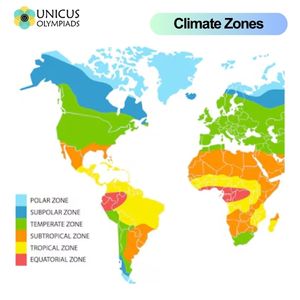
Biomes are large, distinct ecosystems characterized by specific climates, plants, and animals. They are often defined by factors such as temperature, precipitation, and the types of organisms that can thrive in them. Unlike climate zones, which focus on weather patterns, biomes describe the biological communities that are found in specific regions of the Earth.
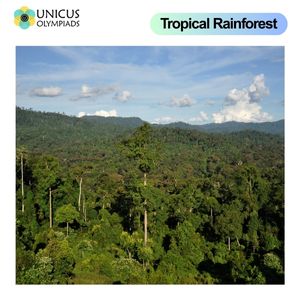

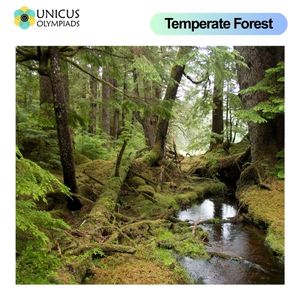
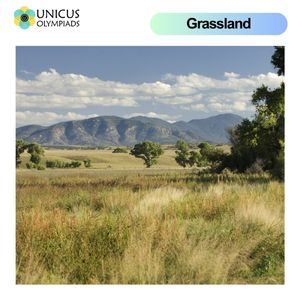
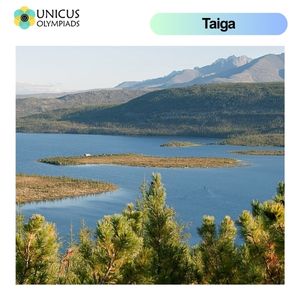
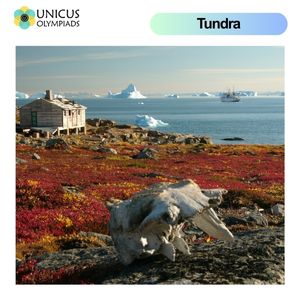
While climate zones and biomes are related, they differ in how they categorize the Earth’s environments. Climate zones describe the long-term weather patterns of a region, while biomes focus on the biological communities that exist in those regions. For instance, a tropical climate zone will usually align with a tropical rainforest biome, characterized by dense vegetation and high biodiversity.